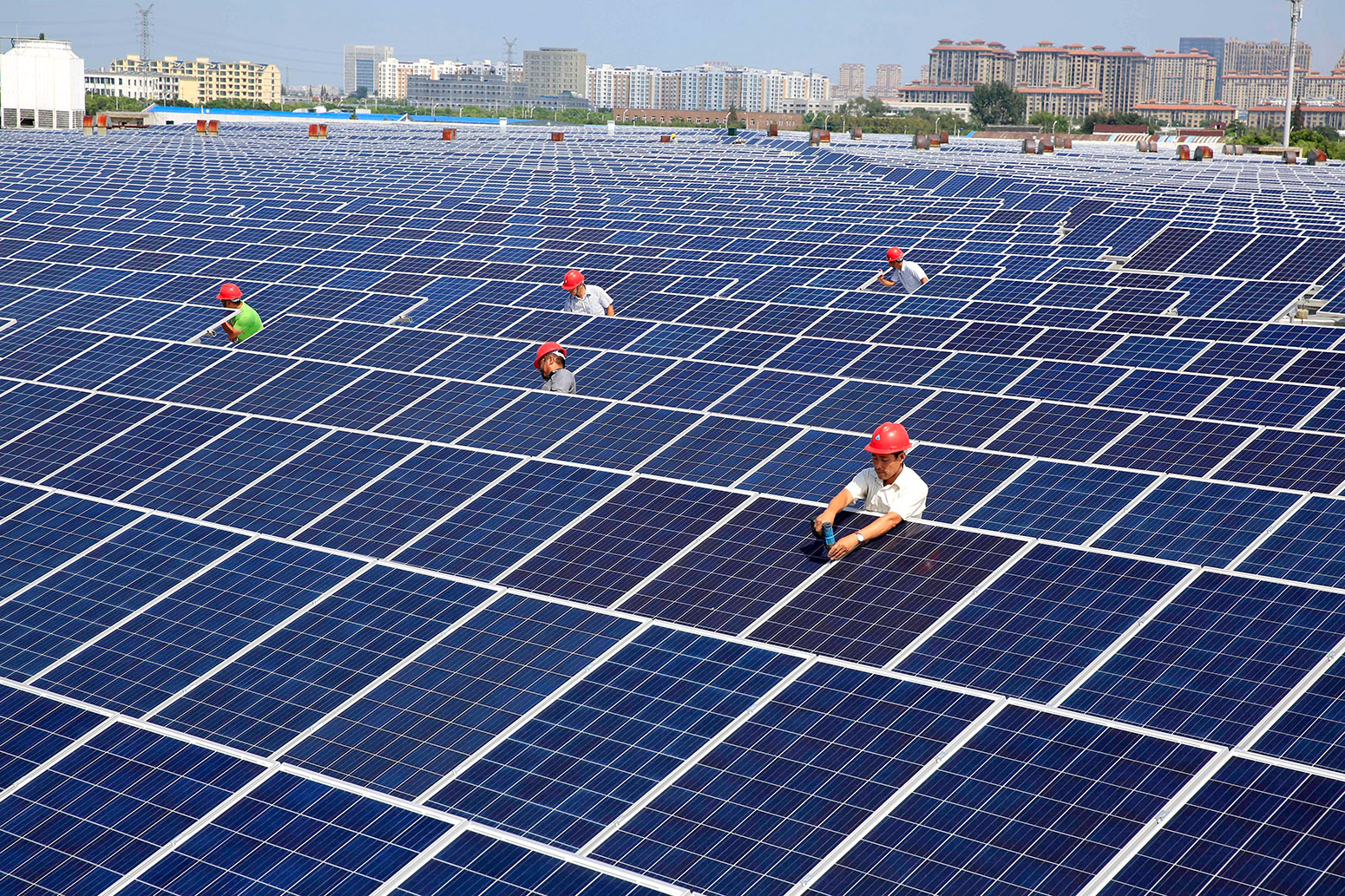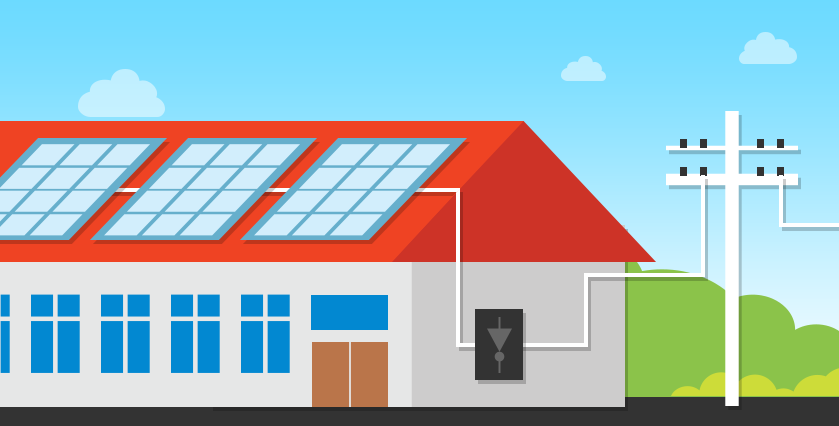Commercial Solar Panel Relevant Utility Kwh Rate

From 2010 to 2018 there was a 72 reduction in the commercial pv system electricity cost benchmark a 3 reduction was achieved from 2017 to 2018 bringing the unsubsidized lcoe between 0 09 kwh to 0 12 kwh 0 06 kwh to 0 08 kwh when including the federal itc.
Commercial solar panel relevant utility kwh rate. Save 30 35 on a home solar energy system. An average 200 kw commercial solar system in the united states will cost about. 200 000 watts x 1 83 366 000 while that looks like a lot it s important to note that commercial solar system costs have been dropping steadily for years. Larger fixed tilt or one axis tracking utility scale systems greater than 2 mw cost 1 06 per watt on average.
Three years earlier than expected the average price of utility scale solar is now 6 cents per kilowatt hour kwh. A 10 kw to 2 mw commercial solar panel system costs 1 83 per watt before any tax rebates or incentives. We are an end to end customer focused clean alternative energy company. A typical 6kw system costs 11 544 after claiming the 26 solar tax credit.
The chart below illustrates how this works across the country. To determine the size of a system that would meet 100 of your electricity usage multiply your building s square footage by 16 kwh and then divide that number by a conservative solar production multiplier of 1 400. To calculate the estimated cost of an average system multiple the system size in kw by 2 00 per watt. Solar panel cost data ohio 2020 updated.
Wisolar clean energy coverage is the best in the industry with repairs and a production guarantee at no additional cost. As of sep 2020 the average cost of solar panels in ohio is 2 5 per watt making a typical 6000 watt 6 kw solar system 11 118 after claiming the 26 federal solar tax credit now available. Solar panel cost data 2020 updated. If you choose a custom down payment option you make a small down payment generally between 1 000 3 000 in exchange for a lower monthly payment in leases or a lower rate per kwh in ppas.
When doe launched the sunshot initiative it set ambitious goals to make grid connected solar electricity market competitive with other forms of energy without subsidies by 2020. We used pv watts a tool developed by the department of energy s national renewable energy laboratory to estimate the amount of energy a solar power system will generate across the united states. Then we gathered key information for each state to show the annual savings benefits possible.














































